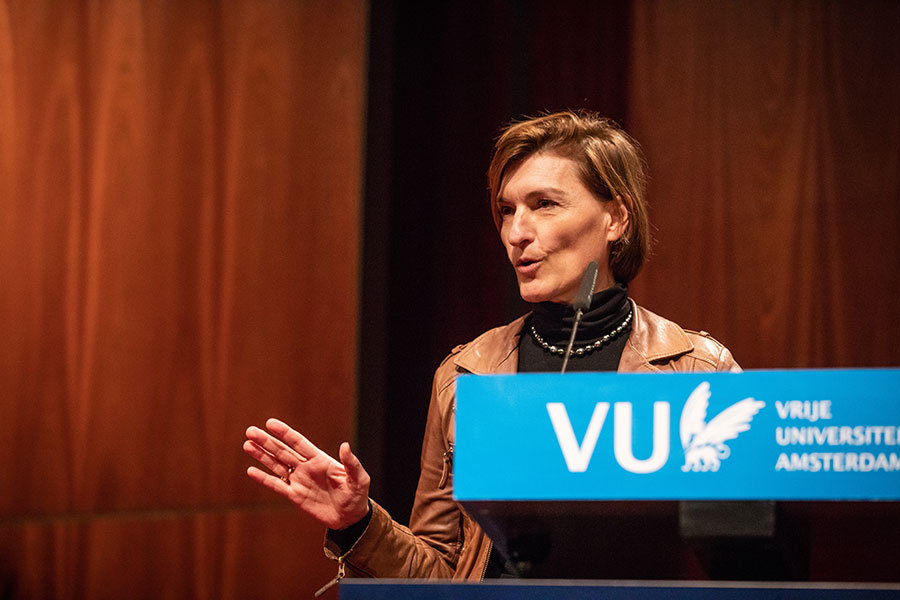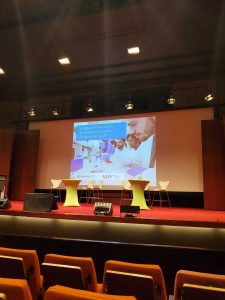
03 Dec Attending the symposium on Animal-Free Innovations in Science
It’s Monday and what better way to start the week other than by going to the Vrije Universiteit Amsterdam to meet your PhD fellows (Giulia and Inès) and the rest of the AMC group for the symposium on Animal-Free Innovations in Science. My PhD project is based at Charles River Company in Leiden and I find the opportunity to join any academic event exciting. One of the things I like about my PhD project is that I get the best of both worlds, the industry and the academia. This symposium is a great opportunity for me to learn about human based models that could best answer our scientific questions.
New models
The symposium was held at Vrije Universiteit Amsterdam, where different speakers came together to discuss not only new models, but also the challenges and advantages in replacing animals. The first speaker was Prof. Dr. Paul Jennings who addressed why we use animals as models for humans and why we might not need to do so in the future. Dr. Jennings’ talk was followed up by Prof. Dr. Sue Gibbs and Dr. Vivi Heine who both spoke about representations used in their lab of either skin and mucosa or brain, respectively.
After a nice vegetarian lunch, the second part of the discussion started with an interesting talk about big data and computer modelling for systems biology by Prof. Dr. Bas Teusink. Although I don’t understand how human biology could be modeled on a computer, I do find it very important that the massive amount of results generated from research could be used as input to predict other results.
Dr. Pavlina Konstantinova from UniQure presented our favorite model: organoids! Dr. Konstantinova spoke more specifically about using brain organoids for genetic therapy. From TissUse GmbH, Dr. Reyk Horland talked about applying Multi-Organ-Chip technology in safety and efficacy testing, which is also great technology for robust and reproducible results. Prof. Dr. Jolanda van der Velden showed us how the heart could be modeled on a dish whether healthy or failing. Last but not least, Dr. Dasja Pajkrt provided another perspective regarding the use of human organoid technology as she discussed the ethical and business aspects of this technology. These aspects are important to discuss as they play a big role in making new innovations available.

Time for discussion!
The day ended with a discussion panel where the speakers and the audience commented on dilemmas and issues raised when replacing animal models that have been around for years with new technologies. I learnt many lessons during this symposium, but the main lesson is that we should not be afraid to try new techniques in resolving our scientific questions. In addition, we should also reformat our questions according to the new models at hand.
Want to read more about this symposium? Read the article (in Dutch) by Sicco de Knecht on the ScienceGuide website.
Photo of Dasja Pajkrt made by Peter Valckx.
